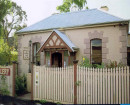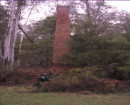DEGRAVES MILL
688 COBB AND CO ROAD KYNETON, MACEDON RANGES SHIRE
-
Add to tour
You must log in to do that.
-
Share
-
Shortlist place
You must log in to do that.
- Download report
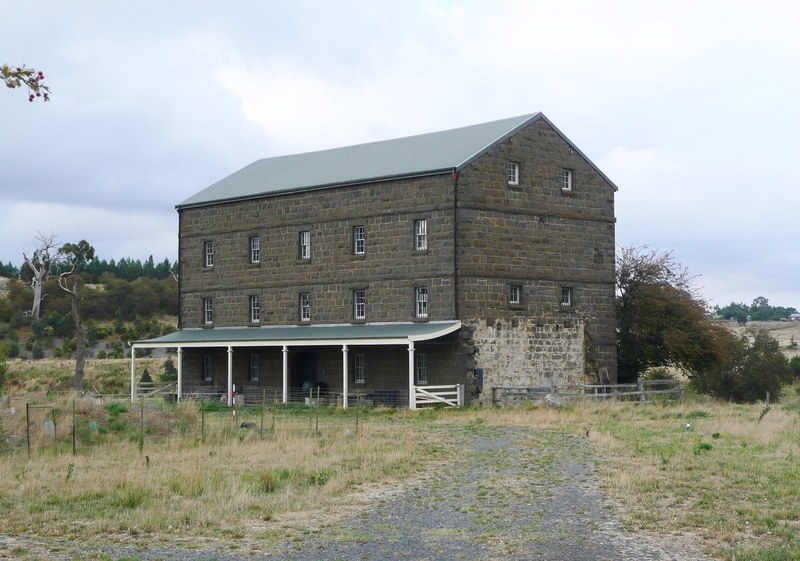


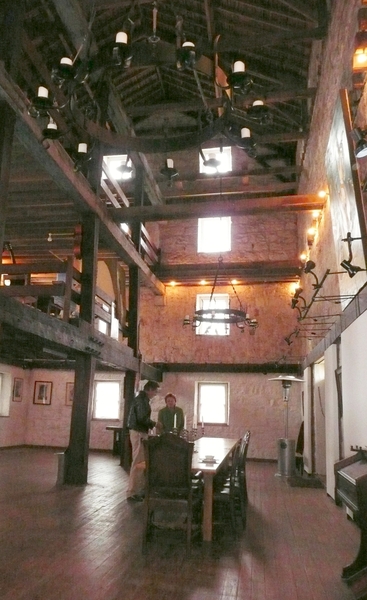
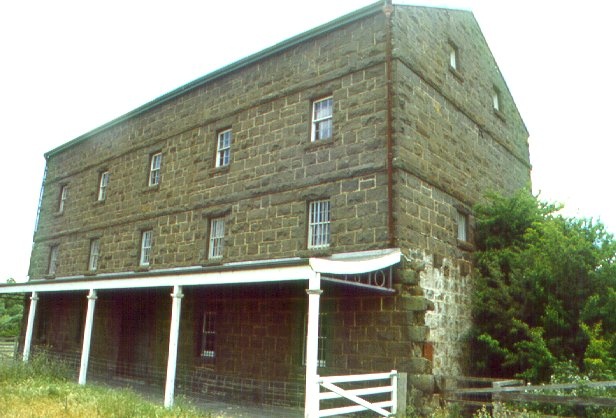
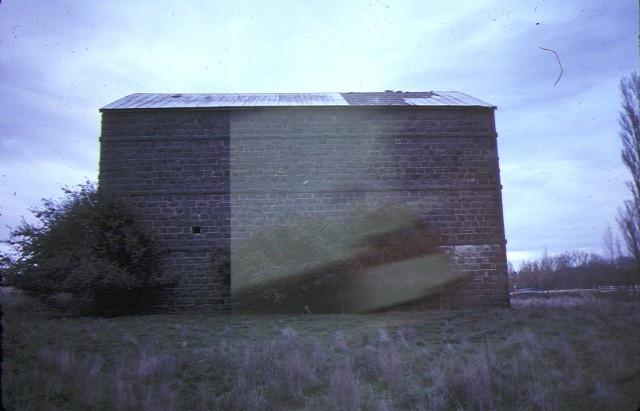


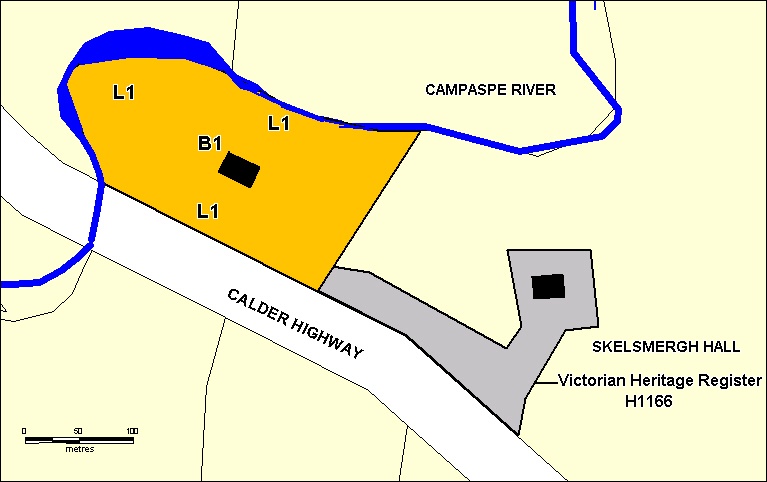
Statement of Significance
What is significant?
Degraves Mill stands beside the Campaspe River on the site of the head station of the Carlsruhe Run, established by Charles Ebden in May 1837. William Degraves acquired the run in the 1850s. Degraves was the son of Peter Degraves, who had migrated to Van Diemens Land in 1824 and later established the Cascade Brewery. William crossed over Bass Strait in 1849 and built his first steam flourmill in Flinders Lane in the early 1850s. He expanded into importing and exporting and wool.
Between 1840 and 1880 nearly three hundred flour mills were established in Victoria, the greater proportion of them being steam powered. Degraves had the mill built in 1857 to a design by FM White. In October 1856 White let tenders in local and Melbourne newspapers for the erection of a steam flourmill. Degraves also had a second mill built in the Kyneton district, at Riverview in 1859. The details of either mills machinery or capacity are not known.
Degraves Mill is a large bluestone structure, rectangular in plan, measuring about 20 metres by 10 metres. It has five main bays, defined by small multi-paned windows, and has a hipped roof. The coursed squared bluestone walls are relieved by only string courses, sills and window heads.
Internally the posts, beams and surviving joists are of Oregon. The original shingle roof is preserved beneath corrugated iron. The building is essentially a bluestone shell as all evidence of milling activity, including machinery, has disappeared. The mill ceased operating c1870. The adjoining engine room and chimneystack were demolished c1890.
The verandah is a recent conjectural reconstruction. Archaeological remains of a boiling down factory survive in an area close to the mill.
How is it significant?
Degraves Mill is of historical, architectural, social and archaeological significance to the State of Victoria.
Why is it significant?
Degraves Mill is historically significant as a representative example of a large 1850s steam flour mill. Although the engine room and chimneystack and most of the internal flooring have been removed, Degraves Mill is a notable early industrial structure. The mill has a simple Georgian character, embodying typical elements of flour mill design, including solid bluestone construction with timber post and beam internal framing. It is significant as evidence of a technology and an important early local industry that is now lost.
Degraves Mill is architecturally significant as a large, imposing bluestone building in a rural setting. It stands alone and is in dramatic contrast to the typically smaller scale of pastoral and rural buildings of the region.
Degraves Mill is socially significant as a landmark on the Calder Highway, and is an important element contributing to the landscape of this area of the Campaspe River valley. It signifies the beginning of the township of Kyneton.
Degraves Mill is archaeologically significant for its potential to yield artefacts and other evidence relating to the location of boiling down factory, sited near the mill.
-
-
DEGRAVES MILL - History
(Unless otherwise cited, these notes are from information supplied by Steve Marriott in November 2000, owner of Skelsmergh Hall and Degraves Mill).
Degraves Mill stands beside the Campaspe River on the site of the head station of the Carlsruhe Run (also known as Ebden’s Run). Charles Ebden established Carlsruhe Station in May 1837. It was one of the first pastoral runs established by an overlander from Sydney. The run comprised about 50,000 acres, extending through the current township of Kyneton to the Coliban River at Taradale. Ebden stocked the run with 7000 sheep and 950 cattle. Ebden sold his squatting licence in June 1840 to William Cumming and John Smyth for £6000.
William Degraves was the son of Peter Degraves, who had migrated to Van Dieman’s Land in 1824 and later established the Cascade Brewery. William crossed over Bass Strait in 1849 and built his first steam flour mill in Flinders Lane in the early 1850s. He expanded into importing and exporting and wool. In 1855 he purchased 184,000 acres at Woodlands Station from W J T Clarke. He expanded into the Riverina with the purchase of Benjamin Boyd’s stations. In 1856 he acquired Coliban Park on the Coliban River.
Between 1840 and 1880 nearly three hundred flour mills were established in Victoria. The majority of these were steam powered, although a few were water, wind or horse powered (L Jones, The flour mills of Victoira, 1840 - 1990: an historical record)
Degraves had the mill built in 1857 to a design by F M White. White let tenders for the erection of a steam flour mill in October 1856 in the Argus and the Australian Builder (Miles Lewis Architectural Index) and in the Kyneton Observer. In 1855 White had designed an engine house, boiler and stables for Degraves (tender was advertised in the Melbourne Herald on 28 December 1855 [op cit Lewis]). This was probably for Degraves’ mill in Flinders Lane, Melbourne. White also designed a new mill for Degraves in Flinders Lane in 1860 (Australasian Builder 21 January 1860, op cit Lewis) and a bonded store on the corner of Russell and Flinders Streets in 1865 (IMP 25 January 1865, op cit Lewis).
The mill is unlikely to have operated productively for very long once the railways arrived in the early 1860s, and wheat farming shifted north and west. The mill is supposed to have closed in 1870.
Skelsmergh Hall was built for Degraves in 1859. It was originally known as Montpellier, named after the town in southern France where Degraves’ Hugenot ancestors originated. Its design is also attributed to F M White. William Degraves’ brother-in-law, Charles Fraser, occupied the house and managed the mill and Degraves’ Montpellier estate. Charles Fraser never settled comfortably at Montpellier, as Degraves sent him out periodically as relief manager to his other stations. Degraves also had a policy of offering the house as a summer residence to Victorian Governors. In 1866 Sir Henry Manners Sutton spent a few weeks there. Sutton also spent time there in 1869.
In the 1860s Degraves built a boiling down factory next to the mill. In 1869 Robert Oliver, the Coliban Park manager 1,100 ewes and 500 rams were boiled down by Degraves built a second mill in 1859, north-west of Kyneton. This mill was known as Riverview Mill until 1876, thereafter as Ward’s Mill.
Both mills probably had their machinery installed by a contractor, Richard Boddington (L Jones, The flour mills of Victoira, 1840 - 1990: an historical record)
In 1860 Degraves was elected to the Legislative Council. He continued to invest in further stations, including Tooringabby near Moama, Mt Camel Station near Heathcote, and Burnewang West near Elmore. From 1864 he was President of the Bendigo Agricultural Society, a position he held for 9 years. In 1872 Montpellier was sold to Richard Cannon Morton. who renamed it Skelsmergh Hall.
Degraves died in 1883 aged 63.
Associated People: William DegravesDEGRAVES MILL - Permit Exemptions
General Exemptions:General exemptions apply to all places and objects included in the Victorian Heritage Register (VHR). General exemptions have been designed to allow everyday activities, maintenance and changes to your property, which don’t harm its cultural heritage significance, to proceed without the need to obtain approvals under the Heritage Act 2017.Places of worship: In some circumstances, you can alter a place of worship to accommodate religious practices without a permit, but you must notify the Executive Director of Heritage Victoria before you start the works or activities at least 20 business days before the works or activities are to commence.Subdivision/consolidation: Permit exemptions exist for some subdivisions and consolidations. If the subdivision or consolidation is in accordance with a planning permit granted under Part 4 of the Planning and Environment Act 1987 and the application for the planning permit was referred to the Executive Director of Heritage Victoria as a determining referral authority, a permit is not required.Specific exemptions may also apply to your registered place or object. If applicable, these are listed below. Specific exemptions are tailored to the conservation and management needs of an individual registered place or object and set out works and activities that are exempt from the requirements of a permit. Specific exemptions prevail if they conflict with general exemptions. Find out more about heritage permit exemptions here.Specific Exemptions:
General Conditions:
1. All alterations are to be planned and carried out in a manner which prevents damage to the fabric of the registered place or object.
2. Should it become apparent during further inspection or the carrying out of alterations that original or previously hidden or inaccessible details of the place or object are revealed which relate to the significance of the place or object, then the exemption covering such alteration shall cease and the Executive Director shall be notified as soon as possible.
3. If there is a conservation policy and plan approved by the Executive Director, all works shall be in accordance with it.
4. Nothing in this declaration prevents the Executive Director from amending or rescinding all or any of the permit exemptions.
5. Nothing in this declaration exempts owners or their agents from the responsibility to seek relevant planning or building permits from the responsible authority where applicable.
* Installation, removal or replacement of electrical wiring to interior of building. Wiring to be carried in conduits and not chased into fabric. Light switches and light fittings should not be fitted directly to bluestone.
* Installation, removal or replacement of smoke detectors.DEGRAVES MILL - Permit Exemption Policy
Degrave’s Mill survives essentially as a bluestone shell. All machinery, fixtures and fittings associated with the mill were removed in the nineteenth century, together with internal flooring. The ground level flooring, the columns and surviving beams all appear to be original. A mezzanine floor has been installed giving access to the upper storeys. Alterations that facilitate the continued use of the building for functions, theatre etc, and which do not adversely impact the bluestone fabric or outward appearance of the building should be given favourable consideration.
-
-
-
-
-
SKELSMERGH HALL
 Victorian Heritage Register H1166
Victorian Heritage Register H1166 -
BLUESTONE QUARRIES COMPLEX
 Victorian Heritage Inventory
Victorian Heritage Inventory -
CARLSRUHE BRIDGE ABUTMENT 1
 Victorian Heritage Inventory
Victorian Heritage Inventory
-
'Altona' Homestead (Formerly 'Laverton' Homestead) and Logan Reserve
 Hobsons Bay City
Hobsons Bay City
-
-




